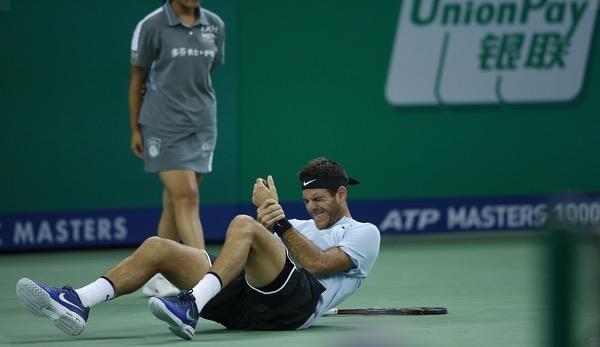You’re at home on the couch watching almost every tennis match. Your fingers are prickled when you gaze at the passing shot from behind the square with the forehand of Rafael Nadal.
When you close your eyes, you will see yourself flitting over the pitch again, playing your forehand out of the half-field and into the left corner of your opponent’s left corner. You’re hurt, but you’re already planning your comeback. And that’s a good thing. Even Roger Federer is not immune to injury.
Accordingly, you should be well prepared when you have received your doctor’s “Go” and are allowed to use your beloved racket again. You should not underestimate your body and injury. Even if you feel fit again, you have to pay attention to important details. This article will give you a short but concise overview of the points that are important to you when you restart on the court.
After an injury break, your motivation is particularly high. Of course, you had to stay on involuntarily for a while and now you want to get back to your old level as soon as possible. Don’t let your body lead you around your own nose too much. Even if you feel great and full of energy, start slowly.
Your body has not been exposed to any physical strain for a long time now. Not only your injured body part needs a certain amount of time, but your whole body. Otherwise, you’ll catch your forehand faster than you can beat the next injury. When you get back on the court, start slowly. Play first in the T-field.
If you had an injury to your wrist or shoulder, soft balls are recommended at the beginning. Set your goal to feel the ball correctly on the string. Play slow and medium high. Listen again and again to what your body tells you and take even the smallest “whining” seriously.
Ignorance is a very bad quality not only in your private life, but also in your comeback after an injury. If something’s wrong, your body sends you signals. Never ignore them. Trust your gut feeling. This is more reliable than your mind. As soon as you feel that something is wrong, end the training session.
No matter how motivated and hot you are. No professional player would continue to play after an injury in pain, simply because he can play again. There’s no reason why you shouldn’t use this feature of professional players for yourself. Put common sense about motivation. gut feeling about mind.
Now you have hit the first two times slowly and reasonably a few balls. The time has come to finally give 120 percent back on the pitch. No! This is not the case and you have to bring your patience into this third point. Increased speed and load from workout to workout.
Until you return to the level you had before your injury. Consider your comeback as a long-distance run – not a sprint. Patience and reason are your greatest weapons and not your quick serve or your forehand whip.
The blows will come back. For this you need a healthy and fit body as a basis. After a violation, you will reach it with the three points described in this article.














You must be logged in to post a comment Login